Automatic, EV, or CVT: How to Tow Cars with Different Transmissions the Right Way
Three main types of transmissions—traditional torque-converter automatics, dual-clutch or automated manuals, and CVTs—each require a unique approach when towing.
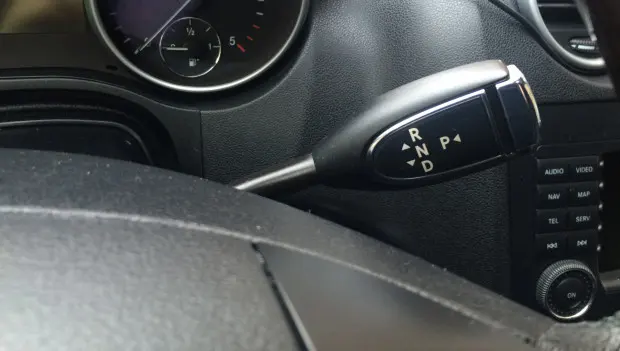
Today’s drivers are used to seeing all kinds of transmissions on the road—not to mention electric vehicles. But when it comes to towing a broken-down car, these differences matter. In fact, both EVs and automatic transmissions can’t simply be towed like a manual car. And among automatics, there are three common types—traditional torque-converter units, robotic or dual-clutch gearboxes, and CVTs—each with its own rules.
Towing a Manual Transmission
Manual cars are the easiest to tow. Just shift the gearbox into neutral, keep your foot ready on the brake, and watch the towline carefully. The lead vehicle should accelerate smoothly, avoid sudden maneuvers, and maintain moderate speed. The towing car should have its headlights on, while the towed car uses parking lights and hazard flashers. These basics apply to all towing situations.
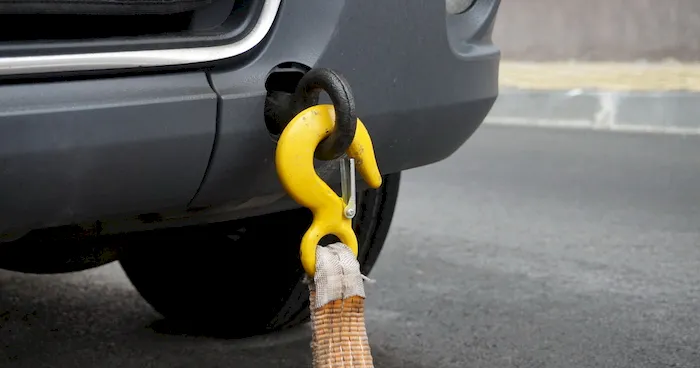
Towing a Traditional Automatic (Torque Converter)
With a conventional automatic, extra care is needed:
-
Engine off: Always tow with the engine off.
-
Neutral gear: Shift to neutral (N) before towing.
-
Speed & distance limits: Check the owner’s manual, but generally stay below 15–30 mph (25–50 km/h) and don’t exceed 20–30 miles (30–50 km).
Exceeding these limits or towing in the wrong gear can overheat and damage the transmission. For long distances, use a flatbed tow truck or stop every 30 miles (50 km) to let the transmission cool.
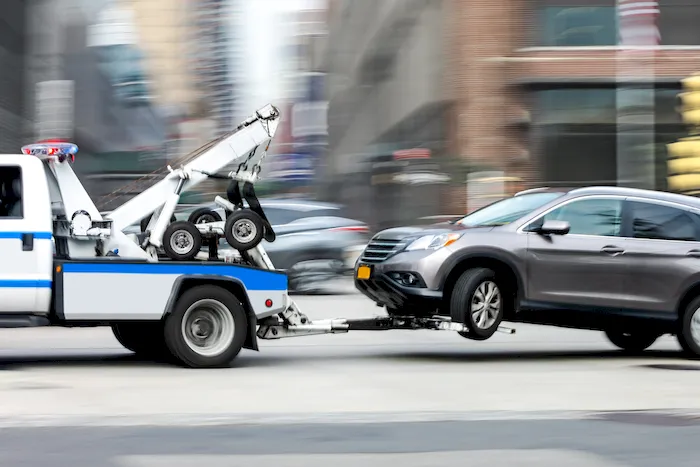
Towing an Automated or Dual-Clutch Transmission
For single-clutch automated manuals, the process is similar to towing a manual: put it in neutral and proceed cautiously. But keep in mind that when the engine is off, power steering and brake assist stop working—so using a rigid tow bar is safer.
Dual-clutch transmissions (DCTs) are closer to automatics and usually have stricter limits—often no more than 30 miles (50 km), and sometimes towing is prohibited altogether. Many manufacturers explicitly forbid towing DCT-equipped vehicles, so always consult the owner’s manual. In most cases, calling a tow truck is the safest choice.
Towing a CVT
Continuously variable transmissions are among the most delicate. In short: don’t tow them. Most manufacturers require flatbed transport. If the car is front-wheel drive, you can sometimes tow it only by lifting the front wheels completely off the ground or placing them on a dolly. Rear- or all-wheel-drive CVT vehicles generally must never be towed on their wheels.
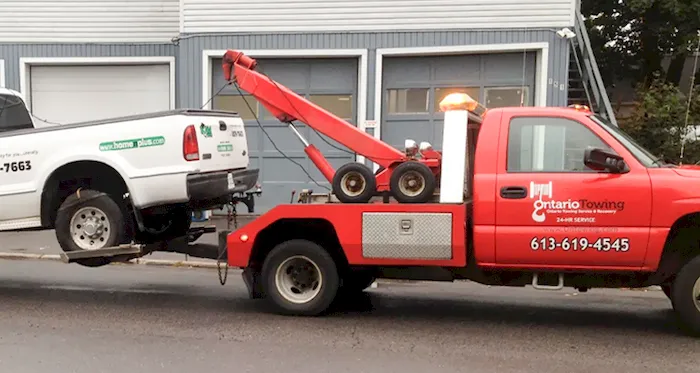
Towing an Electric Vehicle
EVs also demand special care. Some asynchronous-motor EVs feature a specific tow mode—check the owner’s manual. If your EV doesn’t have the proper motor type or a tow setting, do not tow it on the road. Even short-distance towing can damage the drivetrain. Use a flatbed or specialized transport instead.
Bottom line: When in doubt, use a flatbed tow truck. Towing without understanding your vehicle’s transmission can turn a minor breakdown into a major repair bill.
You may also be interested in the news:

The Three Most Problematic Zodiac Signs Behind the Wheel: An Astrological Anti-Ranking
Based on popular astrology stereotypes, this tongue-in-cheek ranking highlights zodiac signs most likely to annoy drivers behind.

Why a CVT Can Be Better Than a Traditional Automatic: Three Reasons to Rethink Continuously Variable Transmissions
Many drivers still shy away from CVTs out of habit. They’re often seen as delicate, high-maintenance gearboxes that demand constant attention.

Hypercars That Never Made It to Production: Cars That Deserved Better
Not every car that inspires engineers and fans alike—and draws crowds at auto shows—ever makes it to the assembly line.
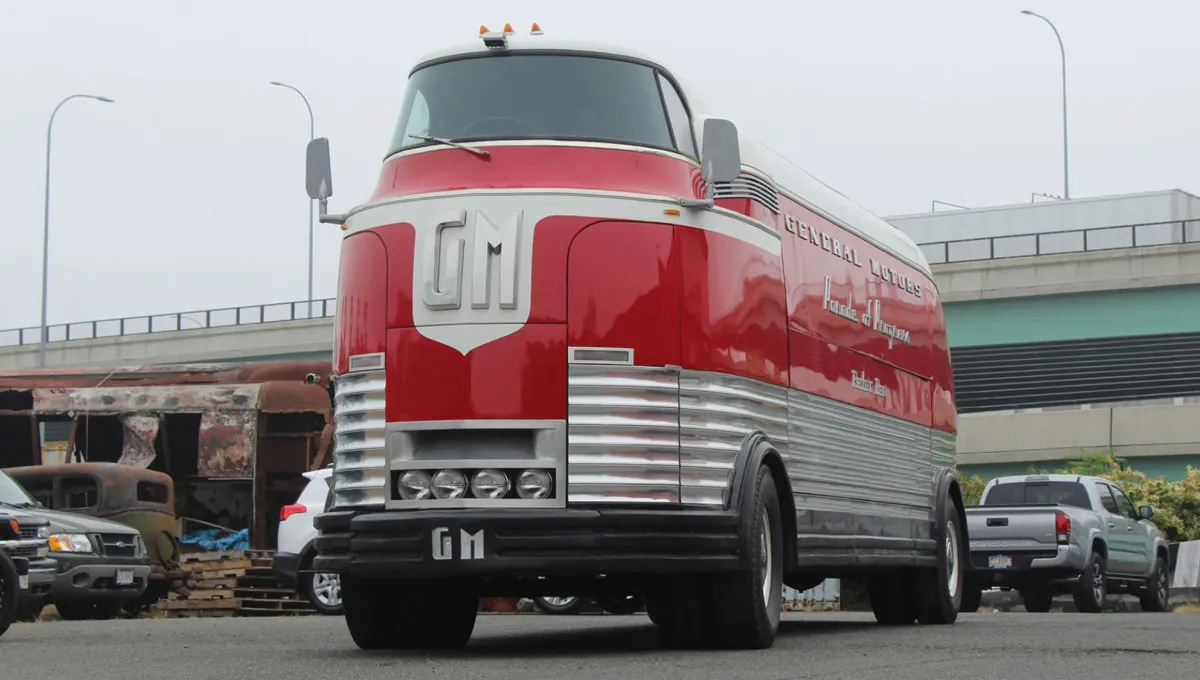
Why GM’s Futuristic Bus from the Past—the Futurliner—Sold for $4 Million
Today, classic cars inspire awe among true automotive enthusiasts, but buses rarely appear among the most coveted vintage machines.

Volvo and Geely Open the World’s Largest Automotive Safety Testing Center, Setting Five New Guinness World Records
Geely marked the opening with a crash test involving two Lynk & Co 900 vehicles